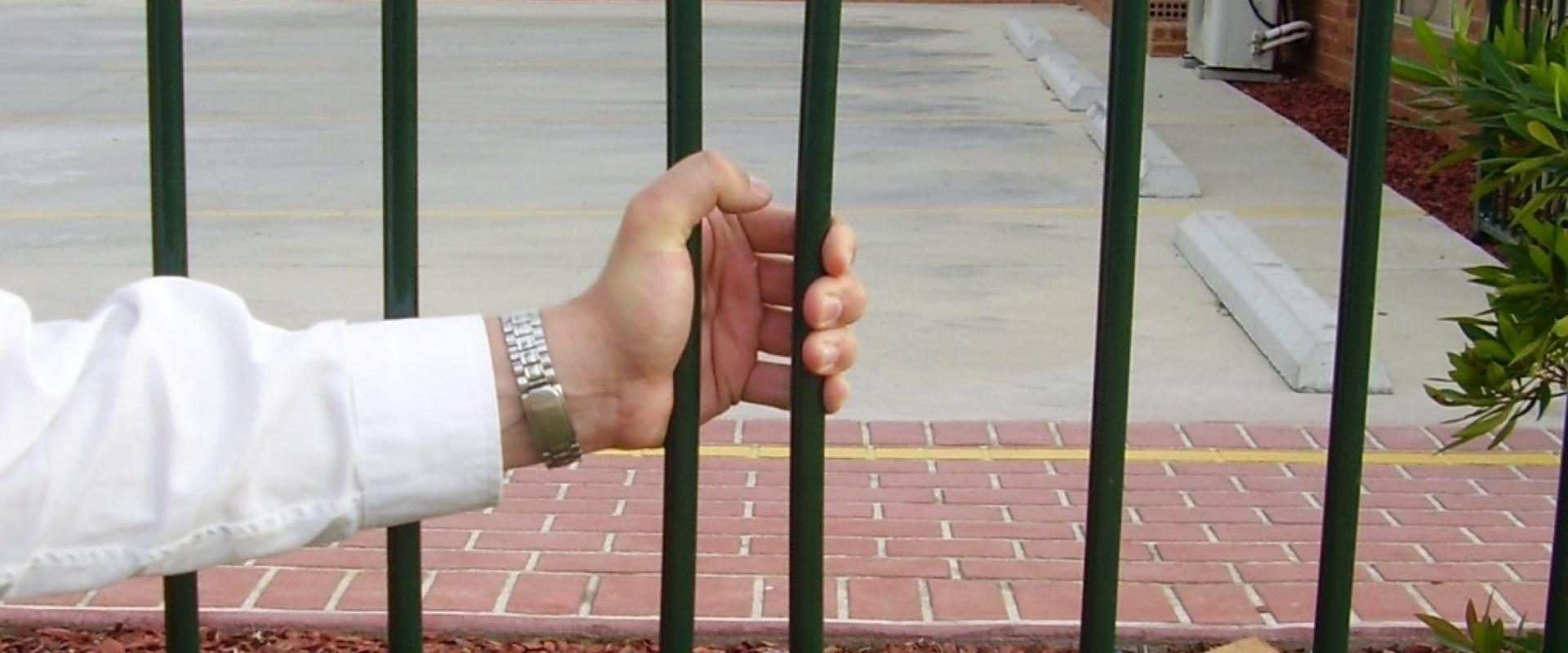
Updated specification for playground fencing
Wouldn’t it be good to take away the guess work with a ready to use ‘blueprint’ that sets out an integrated playground fence system that is safe, and will keep children safe? In this piece, we outline an updated specification for playground fencing that we have just released.
Safe playgrounds fences help create safe spaces
Playgrounds are meant to be a place of enjoyment and relaxation where families can come together. Fencing around the play area performs an important role in helping create this space, and when the fence fails the consequences can be dramatic. For example, recently in two near identical incidents young children escaped from a play area of two different Hungry Jacks restaurant. In once case, a 22 month old child was retrieved from an adjacent busy road with two lanes of vehicles at a standstill.
So what makes a fence child-safe?
Unfortunately there is no Australian Standard for playground fencing. This means a wide range of fence designs and materials are frequently used. While the fence might appear effective, on closer investigation the fence may not be safe and will not keep children safe. For example, so called loop top style fencing is often used for playground applications. However, we don’t recommend this style because the loop above the top rail creates a potential hanging point ‘partially bound opening’ (see image below left) per AS4685:2014 Playground equipment and surfacing set for a young child from which they cannot get free. Similarly, a fence design that is safe at 1200mm high might not be safe at 1500mm high because there is greater flex in the pickets/ balusters (see image below right) .

Like most things the ‘devil is in the detail’. For this reason we developed a detailed written technical specification that we have now updated and released to reflect refinements in those standards that can be used for guidance such as AS4685:2014. It is also based on internal testing to avoid situation like that shown in the image (right) with excessive flex in the pickets creating a head entrapment risk.
The elements addressed in the specification
The specification sets out recommended minimum standards for materials and manufacturing processes and includes:
• The design of the fence, including the gap between the horizontal rails, between the uprights (pickets) and the posts.
• The steel sections used, including the quality of steel, size and shape of the tubular steel picket, the wall thickness (gauge of the steel) and the grade (strength) of the tube.
• The design of the gates, including the locking mechanisms and the self-closing hinge arrangement.
• The zinc coating on the tubular steel.
• The metal pre-treatment and powder coating processes and materials used.
The beneficial outcomes
Using the specification as a resource will improve the:
• Functionality of the fence to deliver its intended purpose.
• Safety for children and users.
• Compliance of the fence with regulations and standards.
• Longevity of the fence, including corrosion resistance.
• Whole-of-life cost, including maintenance costs of the fence.
• Aesthetics of the fence.
Download ”Tubular Specification: Playground Fencing”